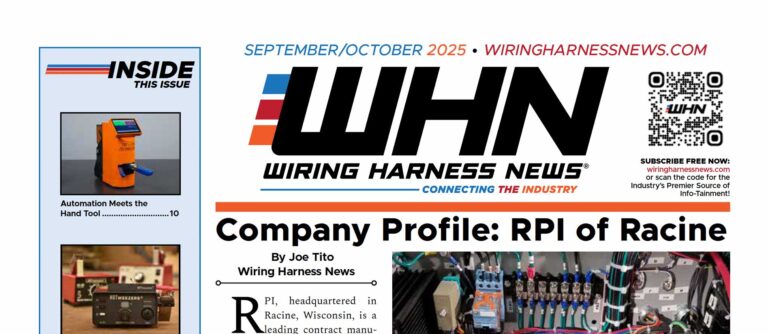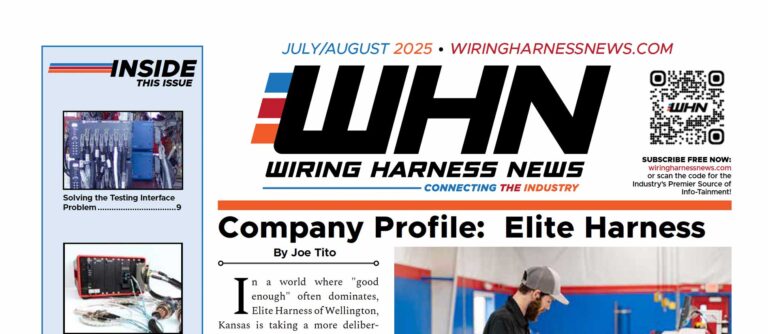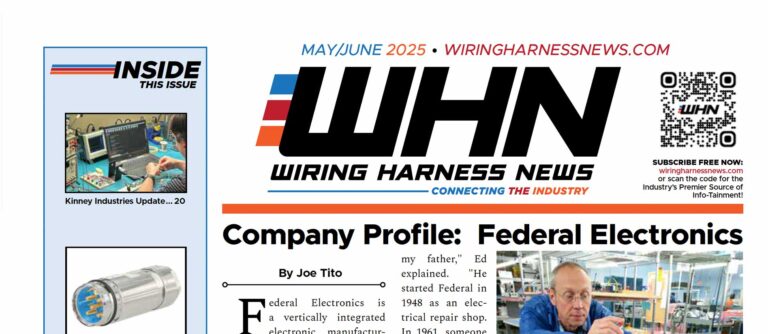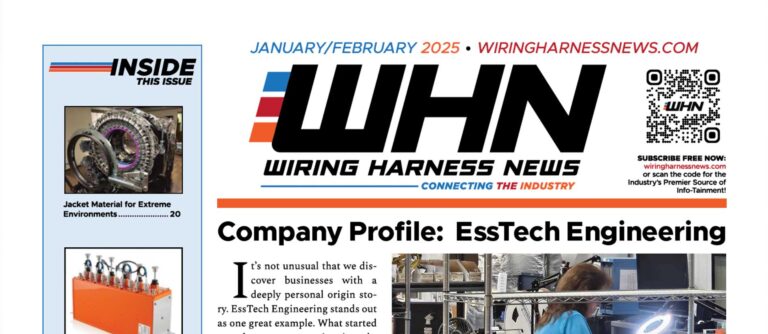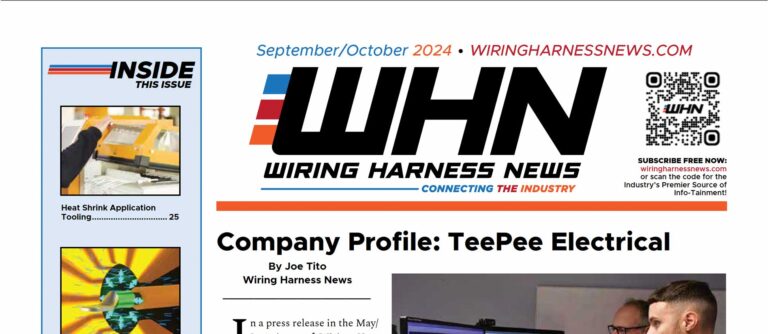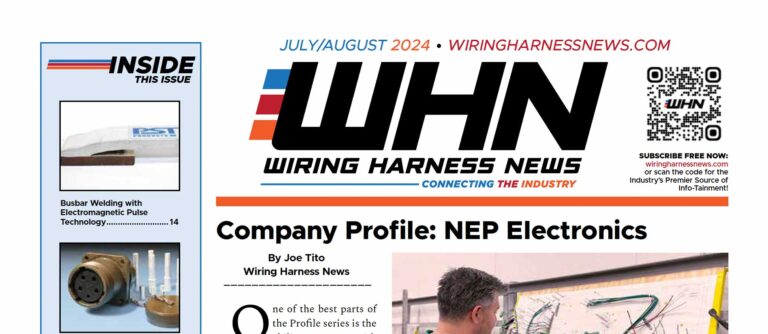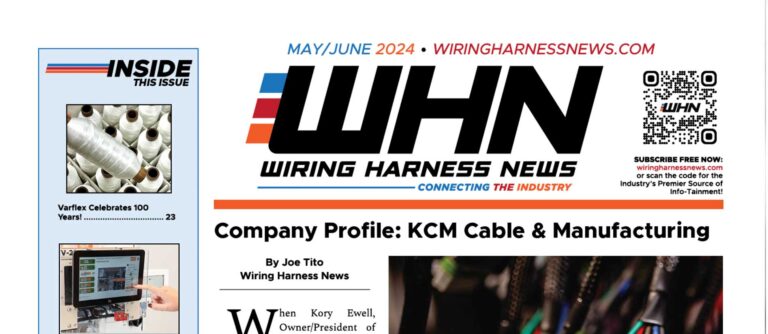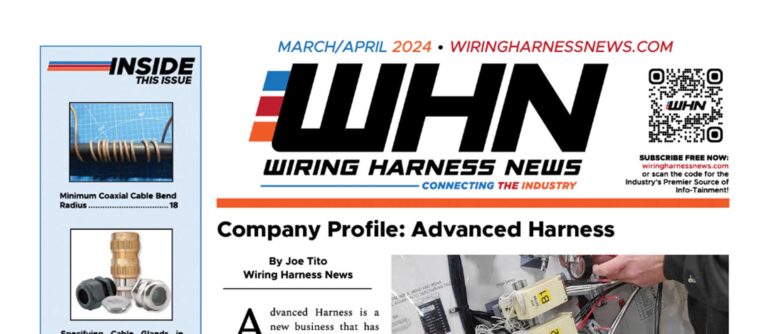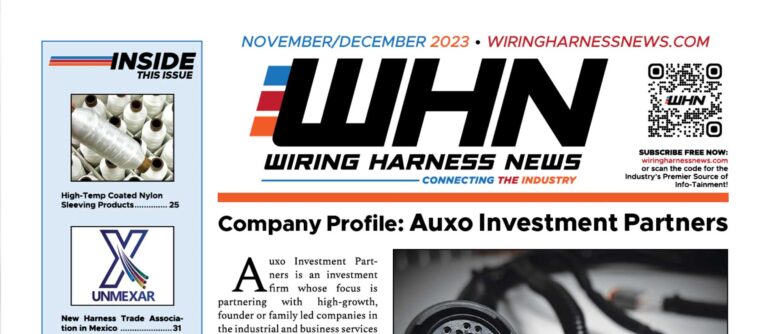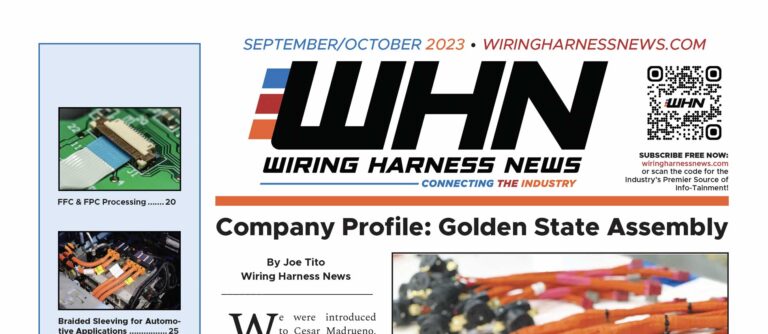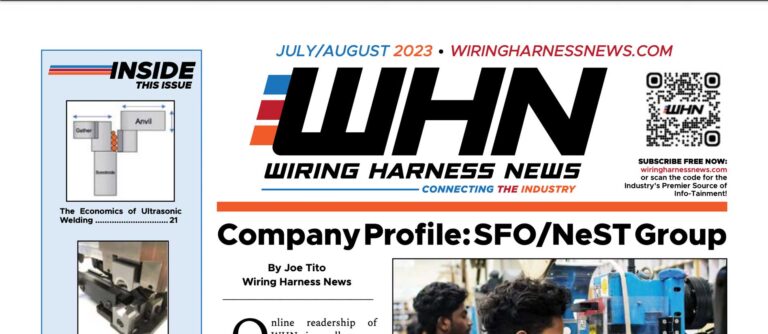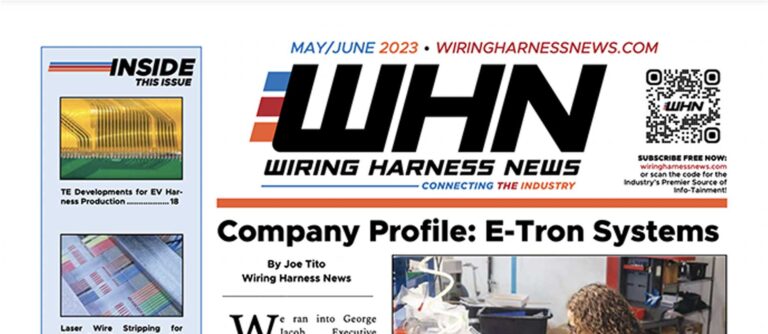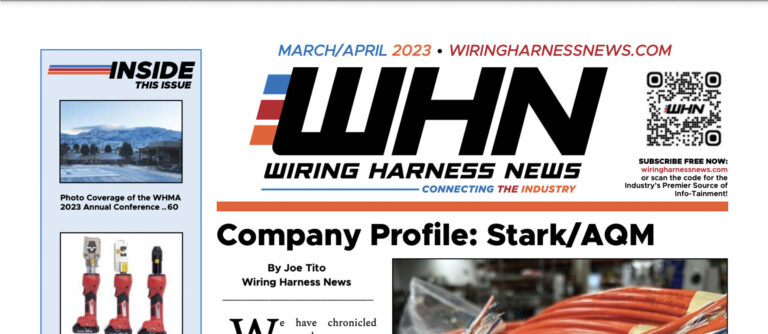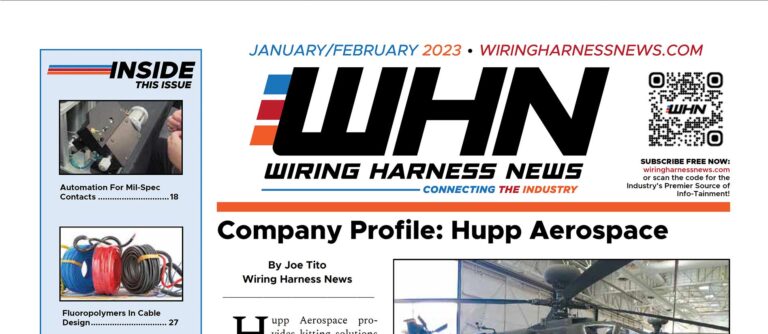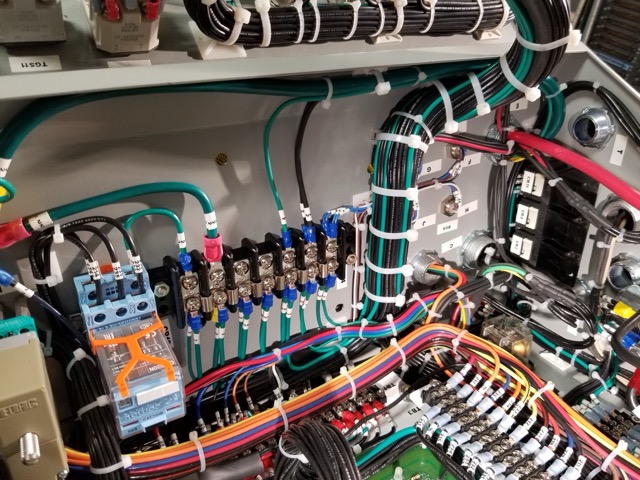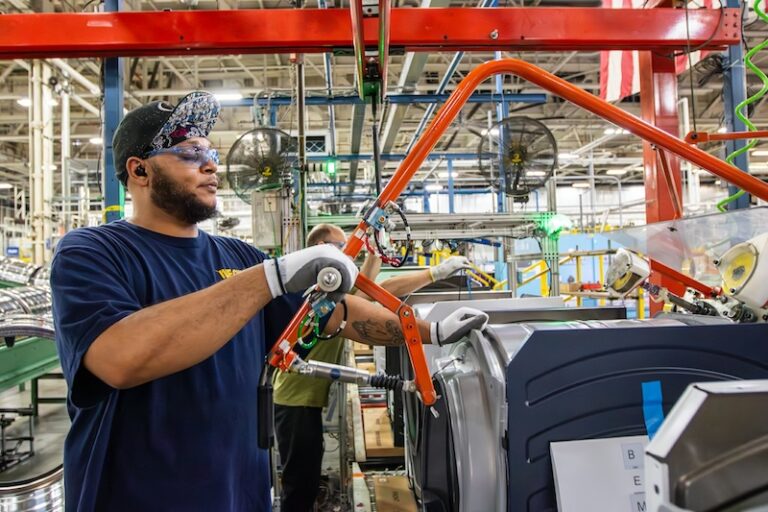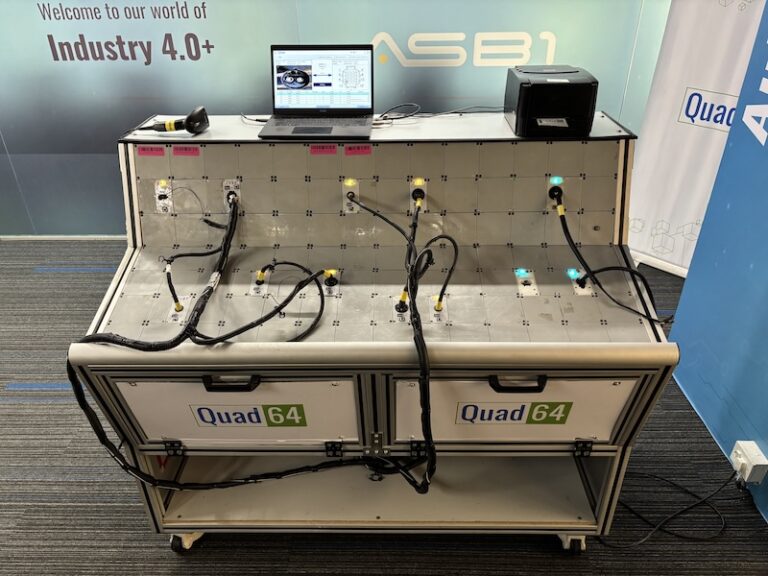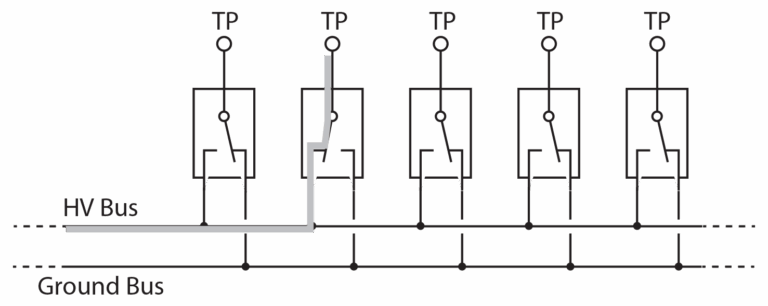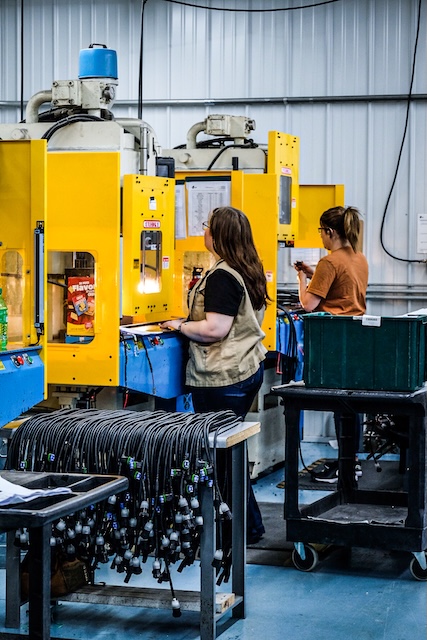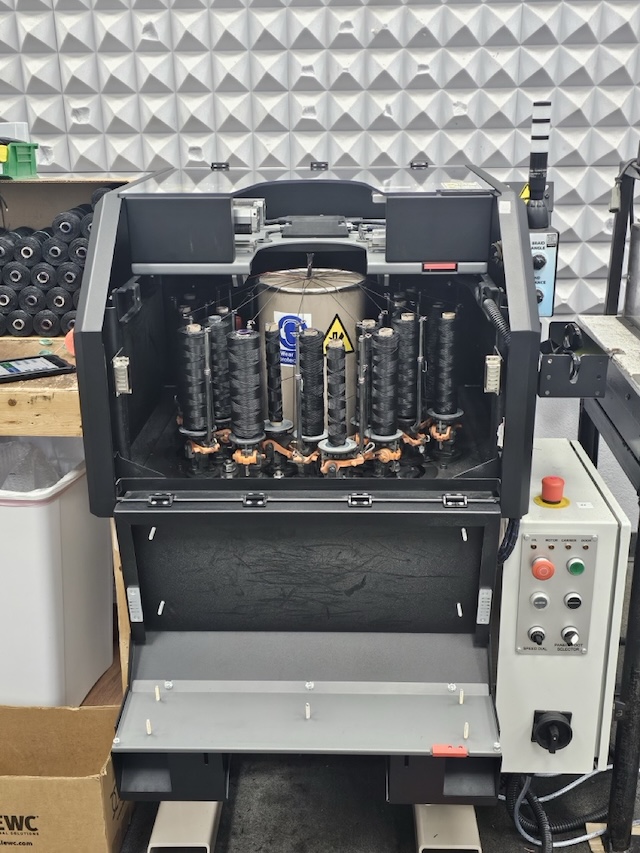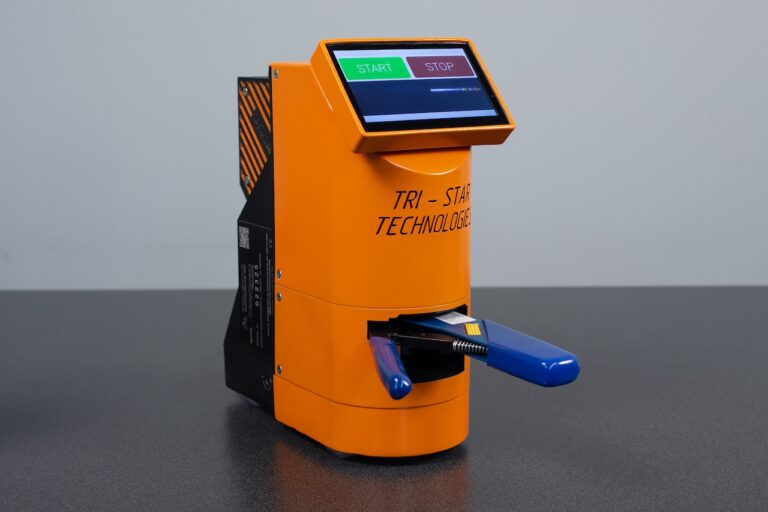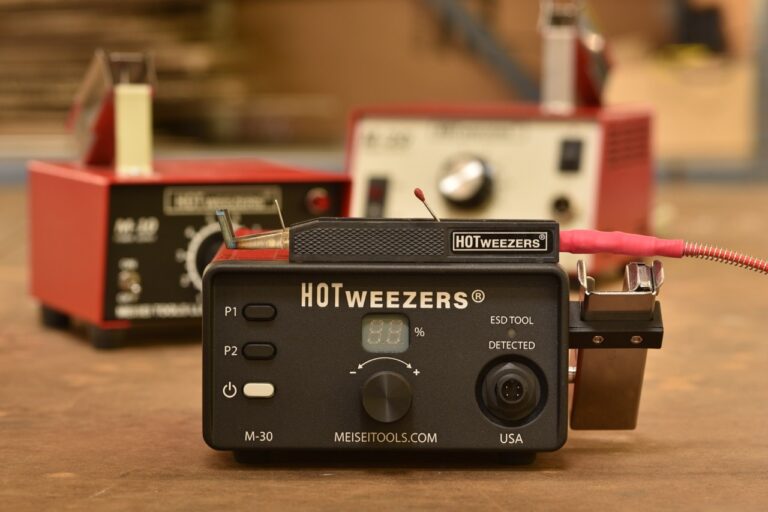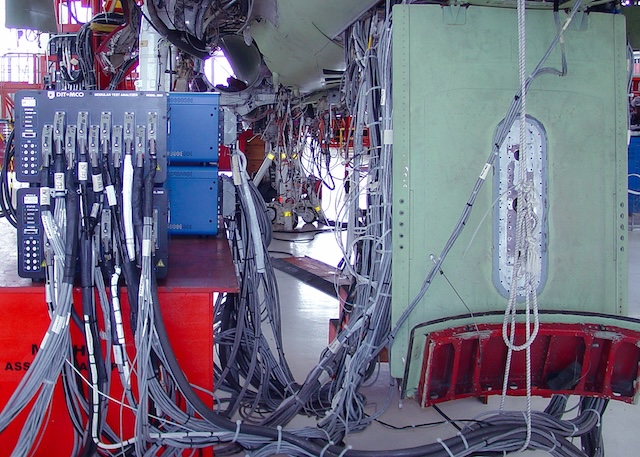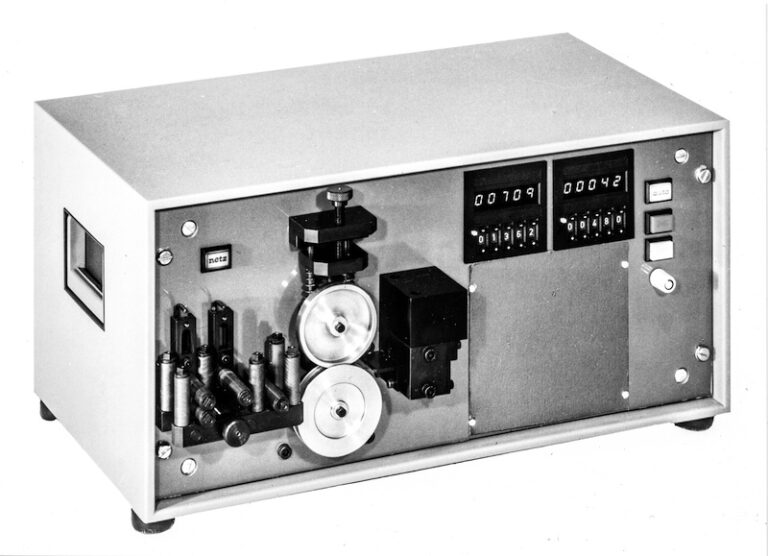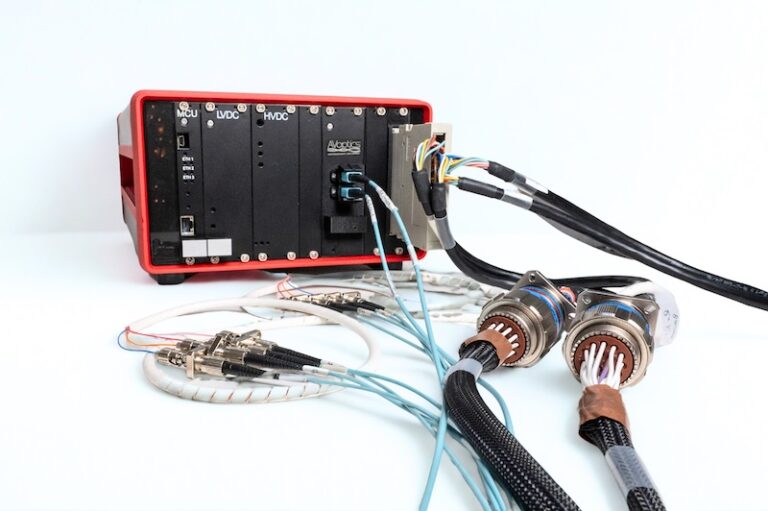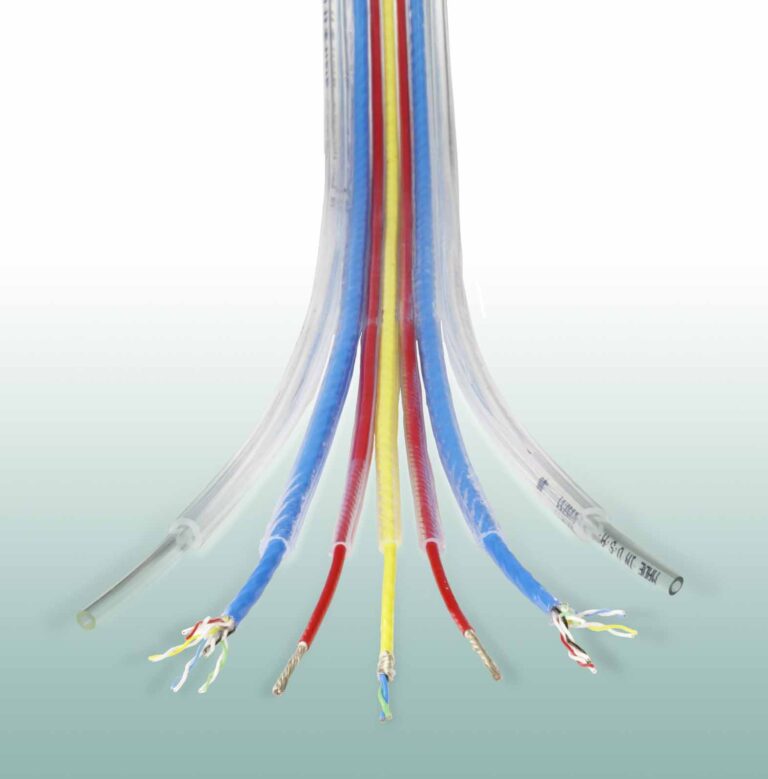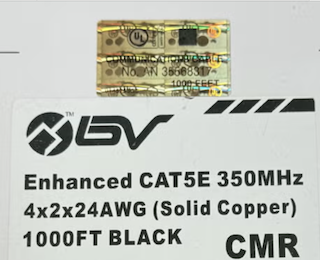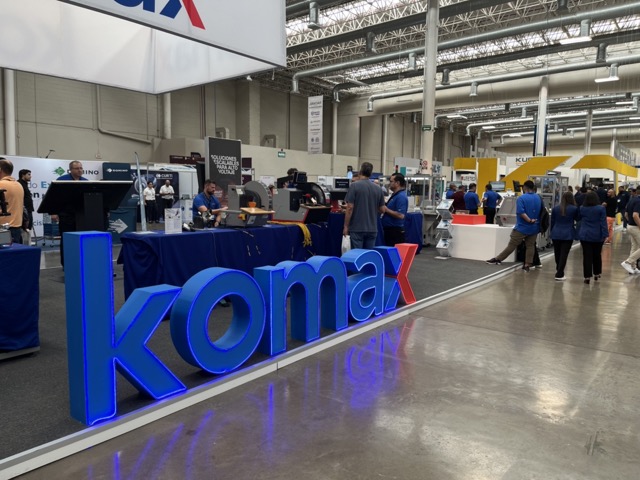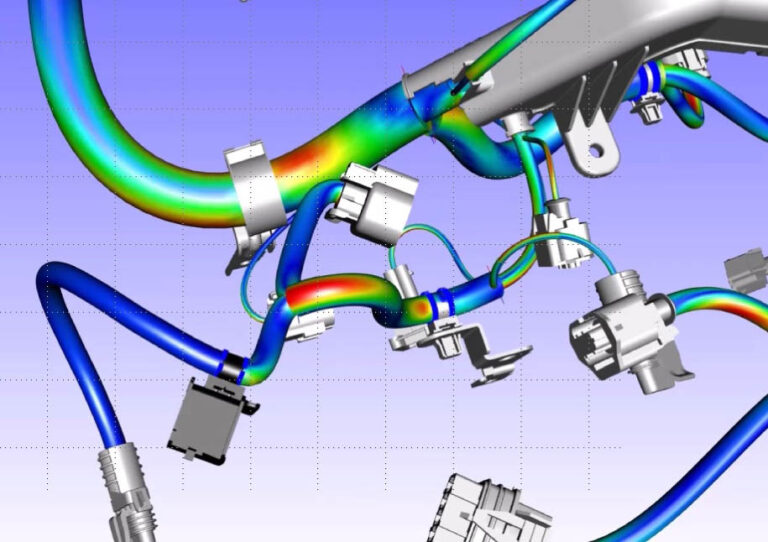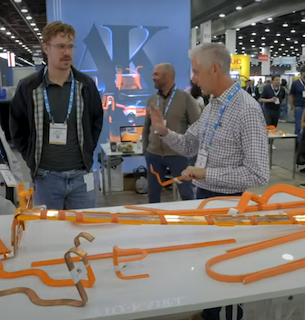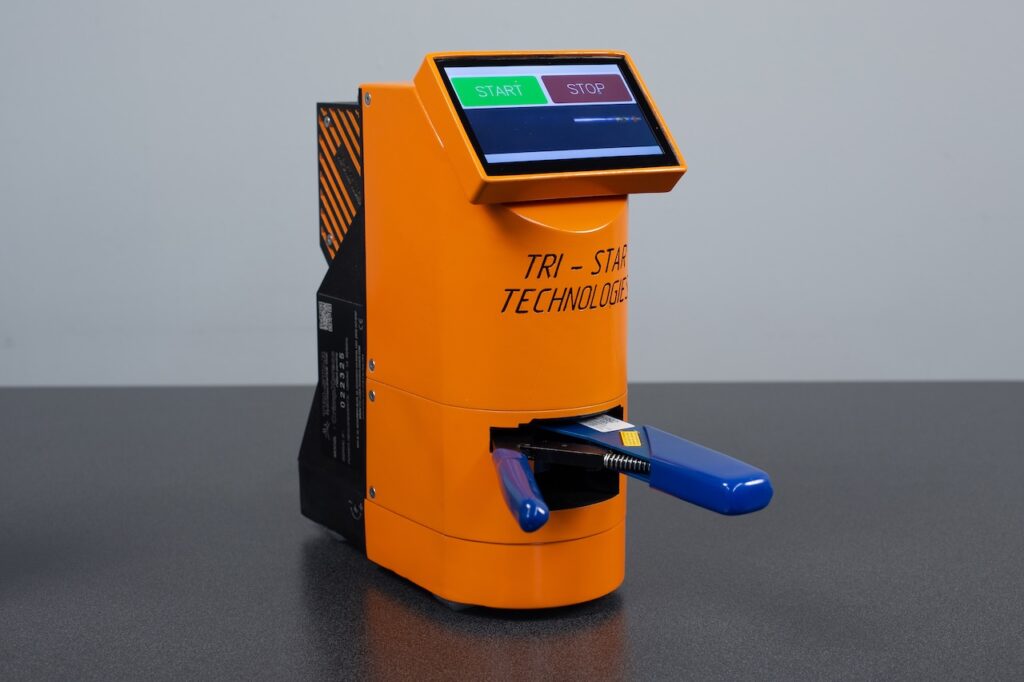For decades, closed-barrel contact crimping has remained one of the more stubborn challenges in harness assembly automation. While stripping, cutting, and marking have all seen broad adoption of automated solutions, crimping—particularly for closed-barrel contacts—has often stayed in the realm of skilled manual operators. Orientation difficulties, fatigue, and the ever-present threat of foreign object debris (FOD) have limited the industry’s willingness to rely heavily on machines.
Tri Star Technologies, however, has spent years pushing back against those limitations. Known for its TAC-X and TAC-ULTRA automated crimping platforms, the company has now introduced a new mid-level solution: the CrimpXpress. Compact, operator-friendly, and designed to integrate seamlessly with existing hand crimp tools, CrimpXpress is positioned as a practical bridge between full automation and traditional manual methods.
In a recent conversation with Wiring Harness News, Tri Star’s Chief Operating Officer, Katie Kerner, detailed the vision behind the product, the problems it solves, and where the company plans to take it next.
A Persistent Bottleneck
Anyone who has worked in harness assembly knows the grind of repetitive crimping. Operators spend hours picking up tiny contacts, inspecting and orienting them, inserting them into a crimp tool, then seating stripped wires before finally actuating the tool. Even for experienced assemblers, this sequence is time-consuming and error prone.
“We have operators who spend eight hours a day with a standard crimp tool, picking up contacts that they have to visually inspect and orient.”, Katie explained. “It’s a lot of repetitive motion, and people get fatigued by it.”
The risks extend beyond tired eyes and cramped fingers. Misaligned crimps can compromise reliability, while misplaced contacts create FOD hazards that no aerospace or defense program can tolerate. Katie noted that contacts sometimes end up “on the table, in someone’s pocket, or even in their mouths just to keep track of them”.
Automation Without Overcommitment
Full automation does exist for crimping, particularly through Tri Star’s higher-end TAC-X and TAC-ULTRA systems. These machines are capable of processing thousands of crimps per hour, complete with wire insertion funnels and precision orientation systems. But many shops do not run volumes that justify that level of investment, nor are all production lines ready for wholesale automation.
“A request we often get is, is there something that can help us with any level of automation?” Katie said. “Some folks aren’t ready for the full automation where they don’t need to process 1,800 crimps an hour. But they’re looking for something, and they already have the crimp tool. So, what can they have that will help alleviate some of the strain, some of the fatigue, some of the FOD issues they are experiencing?”
CrimpXpress is Tri Star’s answer. Rather than replacing existing infrastructure, it enhances it. Operators can continue using familiar hand tools—often DMC standards such as the AFM8 or AF8—while the CrimpXpress automates the most tedious and error-prone step: picking, orienting, and delivering contacts into the crimp tool.
How It Works
On the shop floor, CrimpXpress is designed to be both approachable and compact. About the size of a desktop peripheral, the unit features a rear-loading cartridge that holds hundreds of loose contacts. “You can basically just drop a couple hundred contacts into the cartridge and slide it into the machine,” Katie explained. “The machine will automatically segregate each contact and put it into an inspection system, which will determine the orientation and feed it correctly”.
From there, the operator simply inserts their crimp tool into the front slot. The CrimpXpress positions a contact in perfect orientation, ready for wire insertion and crimping. The process takes seconds, eliminating the fumbling and visual strain that typically consume the majority of cycle time.
As Katie summarized during a live demonstration: “With the CrimpXpress, all the operator needs to do is drop all of their contacts into the cartridge, insert the cartridge into the machine, and the machine will automatically orient and correctly present the contact into your crimp tool”.

Gains in Speed and Precision
Early testing suggests significant productivity benefits. “From an efficiency perspective, at least the tests we ran, it really increases efficiency at least three to four times,” Katie reported. That estimate matches Tri Star’s public demonstrations, which show cycle times reduced to just a few seconds per crimp.
But the gains extend beyond throughput. “By automating orientation, CrimpXpress reduces the chance of misaligned crimps and contact handling errors.” That means fewer rejects, less rework, and more consistent quality.
Operators also benefit from reduced fatigue. “It certainly minimizes fatigue,” Katie said, noting that while Tri Star has not yet compiled formal ergonomic studies, early customer feedback has been clear: “It increases efficiency, and that’s appreciated”.
Adaptability for Multiple Contact Sizes
One of the hurdles in automating closed-barrel crimping has always been the diversity of contact geometries. CrimpXpress addresses this through modular cartridges and tool holders.

“It’s done by series of sizes,” Katie explained. “One container will accommodate a certain set of sizes of contacts… same thing with the area where you actually insert the crimp tool—that area will be larger or smaller to ensure the crimp tool is always centered and the contact always drops into the correct location”.
The inserts are magnetic and easily interchangeable, meaning operators can quickly shift between contact families without extensive reconfiguration. Current support spans the widely used 16–22 range. Development is underway to expand coverage for larger sizes as well as micro and nano contacts increasingly common in aerospace and space applications.
“We’ve been getting a lot of requests for the very small contacts, the micros and nanos,” Katie said. “That’s something that hopefully is in the near future”.
Listening to the Customer
Tri Star emphasizes that CrimpXpress is evolving through customer feedback. Early adopters requested a counter to track crimps per batch, which has already been incorporated. “This way you can dump a bag of contacts in, know there were, say, 500 contacts in that bag, and have a precise count of what has been crimped,” Katie explained. “From a FOD and quality standpoint, it makes audits easier while reinforcing safety.”
This responsiveness reflects Tri Star’s broader approach to innovation. The company is willing to iterate quickly, adding features that simplify operator tasks without overcomplicating the machine.
The Road Ahead
CrimpXpress is only the beginning. Tri Star engineers are already sketching out version 2.0, which may include guided wire insertion—borrowing from the funnel systems on the TAC-X and TAC-ULTRA platforms. The company is also exploring AI-based recognition models to help the machine “learn” contact geometries and markings over time.
“Our engineers are pretty excited about trying to incorporate an AI learning model,” Katie noted. “Right now, there’s a camera and recognition system that sees the contact and determines which way it should fall. The next step is for it to start learning the different colored stripes on mil-spec contacts, the different sizing, and really build up an internal database”.
Such developments would further close the gap between manual and full automation, giving manufacturers more flexibility in scaling their operations.
Positioning Within Tri Star’s Portfolio
While CrimpXpress is new, it builds on Tri Star’s established reputation for pushing automation in crimping. The company’s TAC-X Series has long been recognized for high-throughput, fully automated closed-barrel crimping, while the TAC-ULTRA extends those capabilities with advanced quality monitoring.
By introducing a smaller, simpler tool like CrimpXpress, Tri Star broadens its reach. Shops that may not be ready for capital-intensive automation can still reap significant efficiency and quality gains without discarding their existing crimp tools.
As Katie put it, “We’re constantly innovating and thinking of different and better ways to improve these machines. We wouldn’t be here without our customers, and we’re inspired by them to develop systems and tools that help them get their work done.
Conclusion
Closed-barrel crimping may never be as straightforward to automate as cutting or stripping, but Tri Star Technologies is proving that meaningful progress is possible at every level. The CrimpXpress represents a clever middle ground: not a replacement for skilled operators or high-end automated cells, but an enhancement that saves time, reduces risk, and eases fatigue.
For an industry always balancing precision, safety, and efficiency, that is a development worth watching closely.


